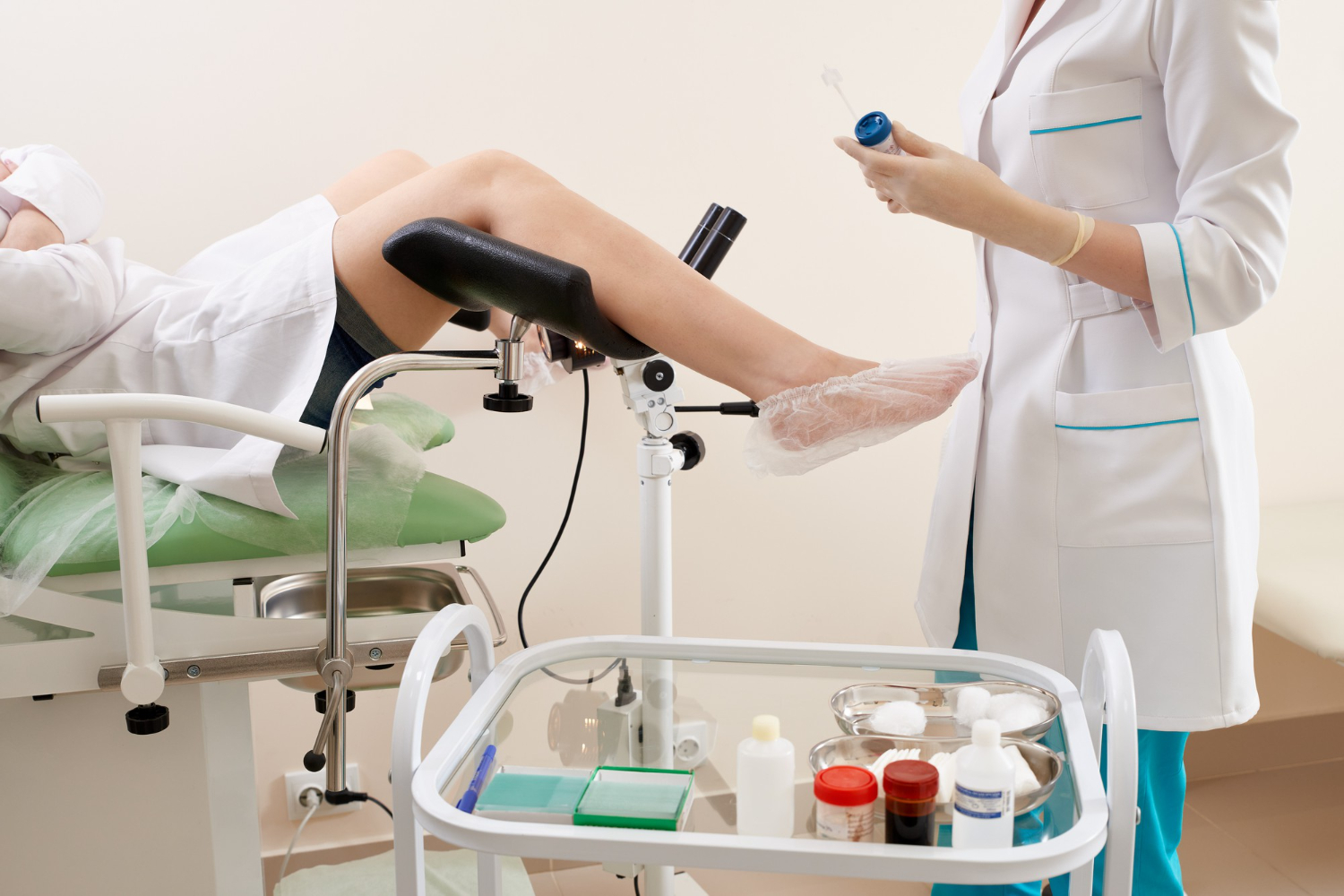Cervical biopsy
It is a medical procedure intended to collect small portions of tissue from the cervix to verify whether the conditions present are normal, cancerous or precancerous.
Cervical analysis
Samples of cervical epithelium taken in this area allow the origin and condition of a lesion to be determined.
The cervix is a narrow canal that runs from the lower part of the womb to the vagina.
Cervical cancer ranks third among the malignant conditions that most affect the female population worldwide.


Multiple purposes
Cervical biopsy can serve 3 functions depending on the case: to take samples for study, to completely remove suspicious tissue or to treat cancerous cells.

Early detection
The efficacy of biopsies is above any other test for the early detection of lesions with a possible cancerous tendency.

The Specialist
Our medical team is prepared to perform a complete professional evaluation, analyzing the pathologies found and issuing the pertinent diagnosis.
Frequently Asked Questions
The method to be used is determined according to the particular conditions of each patient, however, we will take this opportunity to mention the 3 most frequent procedures:
- Colposcopic biopsy
- Cone biopsy
- Endocervical curettage (ECC)
It consists of an internal diagnostic study that is done through an instrument called colposcope. This device allows to obtain an accurate view of the pelvic area to detect any abnormality, then proceed to remove some fibromuscular samples with special forceps to finally confirm the type of pathology found.
Cone biopsy, also called cone biopsy or conization, is an examination where the physician uses a small laser or scalpel to remove an elongated portion of tissue from the endocervical canal to the exocervix, yielding a cone-shaped sample.
Cone biopsy is commonly applied in patients as a treatment for the elimination of cancerous tumors detected early or in limited areas diagnosed with precancer.
In this procedure, a fine tool called a curette is used to completely scrape the lining of the endocervical canal. It should be noted that this is a difficult area to access within the cervix.
In general terms, the patient will be under the effects of anesthesia, either local or general, throughout the biopsy; despite this, she may initially feel the typical discomfort of gynecological instruments such as the speculum or the tenaculum, after this, she will have moments where she will feel slight cramps or pinching due to the collection of samples for pathological analysis.
The physician may suggest a biopsy of the cervix when abnormalities are noted on pelvic examination or when a Pap smear has shown abnormal cell activity. Cervical biopsy is also useful for the diagnosis and treatment of non-cancerous conditions such as polyps or genital warts.
When the procedure is performed by a certified specialist, the probabilities of complications decrease drastically. However, some patients may develop infections or hemorrhages if they do not comply with the recommendations provided by their treating physician.
Additionally, statistics reveal that cone biopsies tend to increase the risk of infertility and the occurrence of miscarriages due to scarring of the cervix from the procedure.
- This type of biopsy is usually scheduled 1 week after your menstrual period.
- You should notify your physician if you suffer from allergies to medications, analgesics, latex or any other related products.
- Report any medications or supplements you usually take on a daily basis.
- Indicate if you have any blood disorder that may cause heavy bleeding or prevent proper clotting.
- It is recommended to restrict sexual intercourse for at least 24 hours before the biopsy.
- Do not forget to keep a sanitary dressing in your purse or handbag to place on your intimate area after the biopsy is completed.
